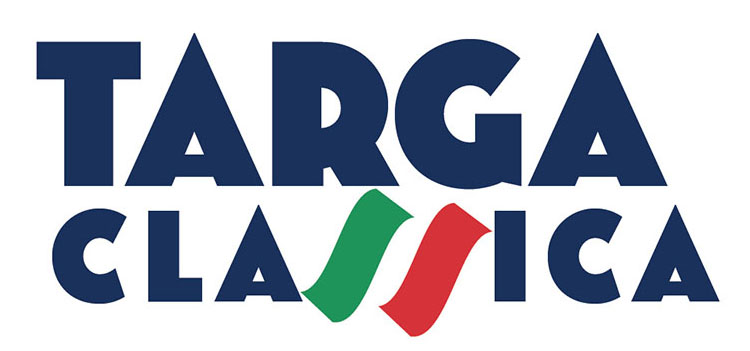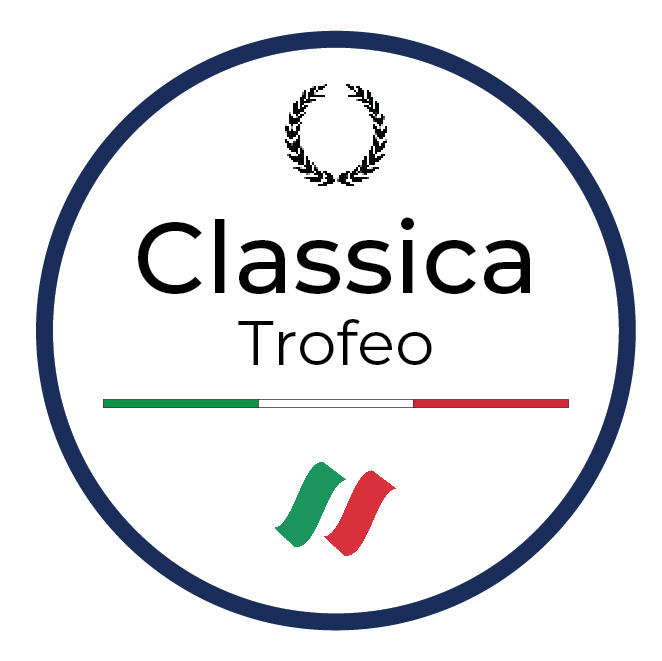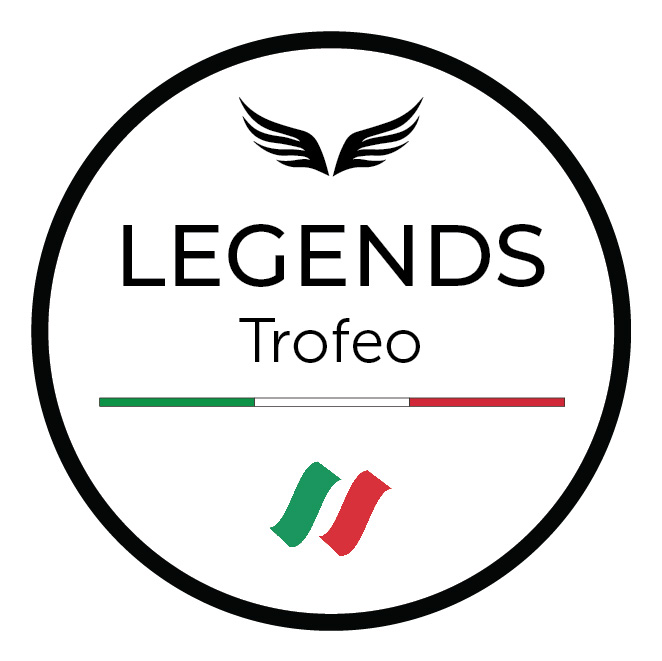After over 100 years of events in Sicily, the Palermo Car Club agreed to add a sister event in Australia and the Targa Florio Australian Tribute was born. Victoria with its large Italian community and its strong history of racing and roads that provide the perfect backdrop for the regularity motorsport event, convinced the club that it was time to let their historic event be experienced elsewhere in the world too.
Australia has added its flavour to the passion inspired by the worlds oldest race the Targa Florio. The iconic Targa Florio has been a much-loved tradition and motor event in Sicily since 1906. In 2017 the Australian event became the first event outside Italy to run under the Targa Florio’s historic marque. Today the Targa Florio is considered one of the world’s most historic, traditional and unique events for classic car enthusiasts. And because passion has no boundaries, that experience has grown in Australia over the last 5 years!
The Targa Florio Australia event has been transformed into the event we hoped it would be. With a capacity field we feel its time for the event to create a new chapter and take its place as an import part of the motorsport calendar.
With COVID forcing a break in 2020 and 2021 the event emerged as an event partner of the Australian Grand Prix (AGP). The event began at Point Leo Estate and travelled through regional Victoria on its way to lapping the AGP track. The week proving an amazing drive and an exciting finish at the sold out Australian Grand Prix. It is hard to imagine a better finish so we will continue the association with AGP and build a tradition where there is a link with Regional Victoria with the Australian Grand Prix.
TARGA CLASSICA has arrived!!
Italian “Grandi Eventi” Championship
| ALPI | SANREMO | MILLE MIGLIA | NUVOLARI | TARGA FLORIO|
The early 20th century saw the birth of the motor car and the emergence of car clubs through Italy and Europe, all keen to demonstrate their cars ability to cover distance and do it quickly. At opposite ends of Italy the Palermo and Brescia Car Clubs established events that would become legendary in motor racing. Competitors from around the world would come to test their cars and skills racing at ever increasing speed through the amazing network of roads and towns through Italy.
It was an exciting time with rapid development and competition amongst car manufacturers who saw the Targa Florio and the Mille Miglia event as the perfect demonstration of their cars. They were established as speed events and manufacturers set aside large budgets and developed cars to win. The world’s best drivers pushed the cars faster and faster.
Winding its way through narrow Sicilian mountains roads the Targa Florio quickly established itself as one of the most difficult and challenging races for cars, attracting the great racing car drivers and important international car makers, such as Alfa Romeo, Bugatti, Lancia, Maserati, BMW, and in later years Mercedes Ferrari and Porsche. For over 100 years it has stood as a symbol of passion for cars enthusiasts.
As with the Mille Miglia the route changes annually, starting and finishing in Mantova. The route includes historic racetracks including Imola, as well as the cities of Rimini, Siena, and Ferrara. The event is open to cars built before 1969 and has taken its place alongside the other Italian “Grandi Eventi” Championship as one of the world’s great motorsport events.
Following several serious crashes at speed, the races needed a new challenge.
Timed tests were introduced which required the drivers to average speed and meet exact times over set stages. The single day races became 3 – 4 day events and developed into the form it is today. The “Grandi Eventi” Championship remain loved and cherished by millions of adoring fans who line the roads and cheer and competitors who come back year after year to compete. The “Grandi Eventi” events provide the opportunity for drivers and navigators to test their skills against the best in the world.
Today, the Italian “Grandi Eventi” events remain a tribute to classic cars and beautiful scenery. They are both a race for classics that participated in the original races and now also includes, the ever popular Legend category for modern day classics to compete.
The “Grandi Eventi” events bring together the beauty of classic cars and the history of the great races to a passionate audience.
Targa Classica – passion has no boundaries.











